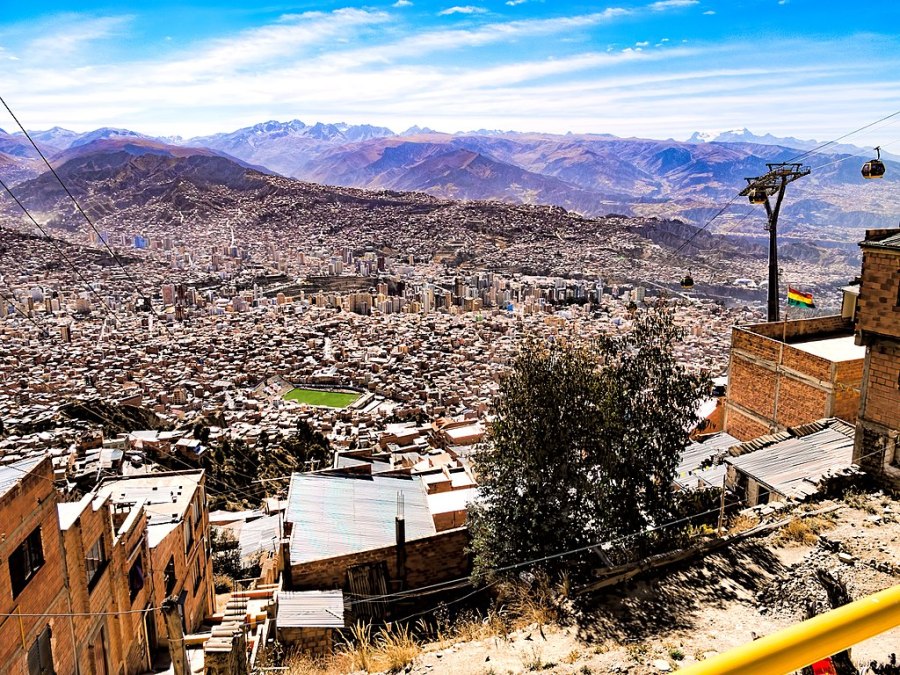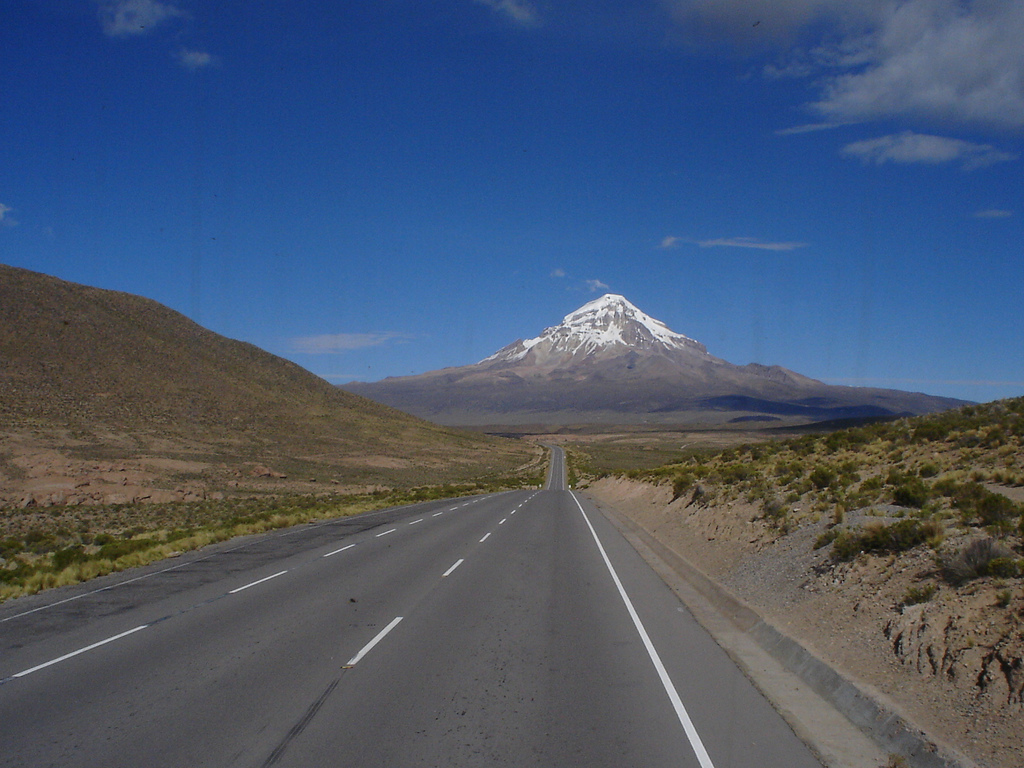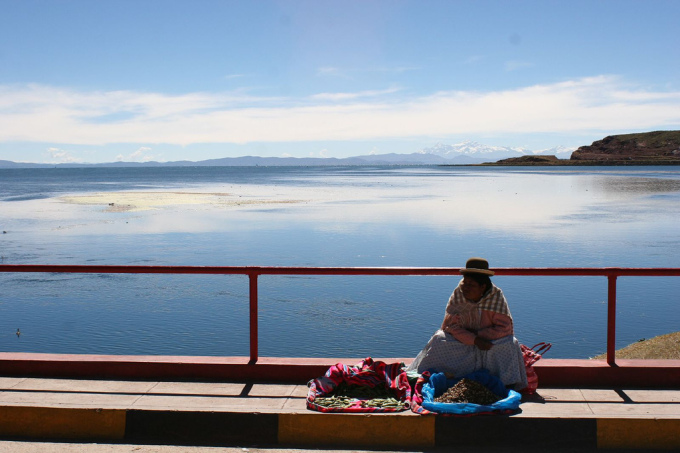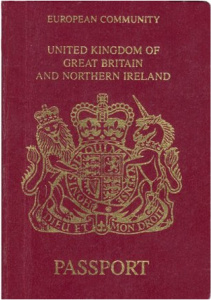
Updated: 11 June 2020
La Paz, Bolivia is a city where travelers often stop briefly coming from Machu Picchu or Perú and heading to the Salar of Uyuni (or vice versa) in general. A necessary stop which can also be too short considering all the attractions the city and its surroundings have to offer. Here we’ll look at some of the popular activities and some of the lesser known ones that one can do in and around the city of La Paz for those travellers that are passing through and don’t have too much time to visit everything La Paz has to offer.

Walk around the city
Recommended time: 1 to 2 days
La Paz is relatively easy to navigate by foot due to its size, most places can be walked to but the steep streets and altitude can make it hard to catch your breath. It is however, well worth it to see the city by foot and to get lost in winding alleyways and colonial streets. One of the most charming colonial streets in La Paz is Calle Jaen. The narrow cobblestone street has several colorful buildings dating back to the 18th century, and is home to many small museums, shops and restaurants. You can also walk to one of the many lookouts around the city: the Mirador Killi Killi and Mirador Laikakota are the most popular ones offering panoramic views of the city.
To get a real feel of the city and historic center, including its museums and lookouts, it’s good to count 2 days to explore the whole city while adjusting to the altitude.
Mi Teleférico: La Paz’s Cable Car System
Recommended time: A couple of hours
For the best views of La Paz, and an original and more relaxing way to discover the city, hop on the teleférico. The cable car system is La Paz’s new transport system and counts now 8 lines with 2 more planned. Views are spectacular and give you an idea how never-ending and growing the city is.
Everybody has their favorite lines, ours are:
- The silver one, on the edge of El Alto is particularly spectacular.
- The blue one, over El Alto gives you a close look to the cholets (neo-andean buildings) and the fair on Thursdays and Sundays.
- The red one connects El Alto to the center and goes above the general cemetery, providing beautiful views of this small city within the city and its giant murals.
- The orange line shows a different part of town, joining the center to Plaza Villaroel.
- The green line goes to the south zone of the city and really gives an idea of how far south the city is spreading, one can really see the differences between neighborhoods.
To circle around the city in cable-car, count a couple of hours. The journey is well worth- it. Don’t skip El Alto as it has the best views of the Cordillera Real and shows a whole different aspect of Bolivia. All the lines are now connected. A teleférico journey costs 3 bolivianos, with every connection being an additional 2 bolivianos.
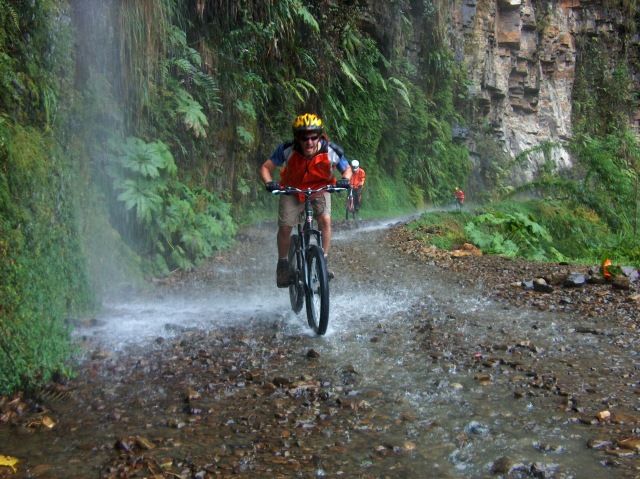
Death Road on bycicle
Recommended time: 1 day
One of the most popular activities for those spending some time in La Paz, and who are looking for a thrilling adventure, is the bike ride along what used to be one of the world’s most dangerous roads. The ride starts up in the mountain and takes you down into the Yungas, a semi-tropical area offering a vibrant contrast to the cold and snowy peaks.
Riding down the Death Road takes the whole day and can be strenuous. Make sure to book with a safe and reputable company. Reliable companies to do this are Gravity and Barracuda. Make sure to check reviews and ask fellow travelers about their experience.
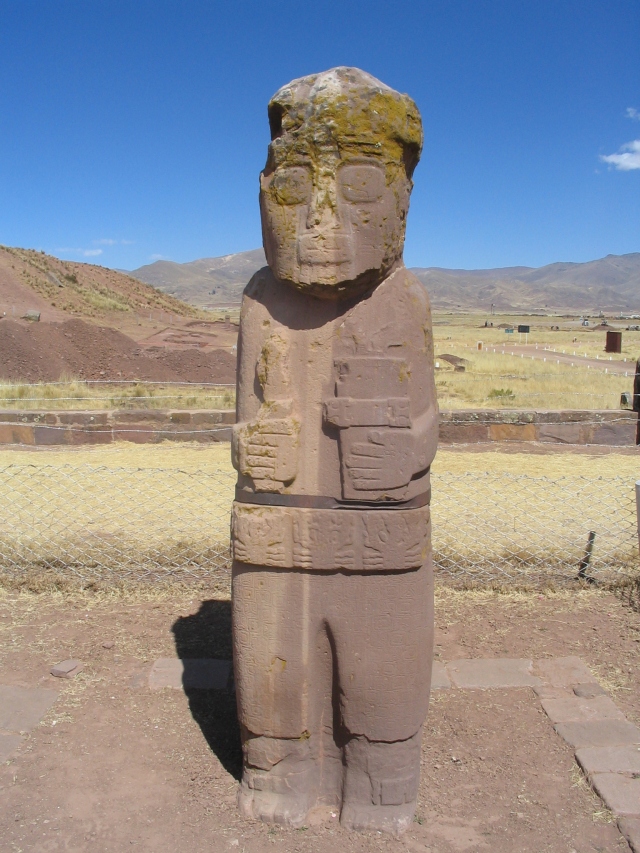
Tiwanaku
Recommended time: 1 day
Listed as a UNESCO World Heritage Site in 2000, Tiwanaku is an ancient archaeological site named after one of the most important civilizations prior to the Inca Empire. Tiwanaku is about 2 hours from La Paz and makes for a pleasant short day-trip crossing the Altiplano. You can book a bus to Tiwanaku with Tickets Bolivia or take a public transport from the General Cemetery going to Desaguadero.
Valle de la Luna (Moon Valley)
Recommended time: Half a day
The Moon Valley is just a short ride out of La Paz on the way to Mallasa. The landscape has been formed as a result of erosion and has a surreal, unique feel. The walk around the rugged landscape can take up to an hour. You can reach Mallasa by public transport or taxi from the center of La Paz.
Micros and minibuses will have a sign saying either Mallasa or Mallasilla. You can grab one from the center of town on Avenida Perez or from Calle 8 de Calacato in the south. Entrance is 15 bolivianos for foreigners (3 bolivianos for Bolivian nationals).
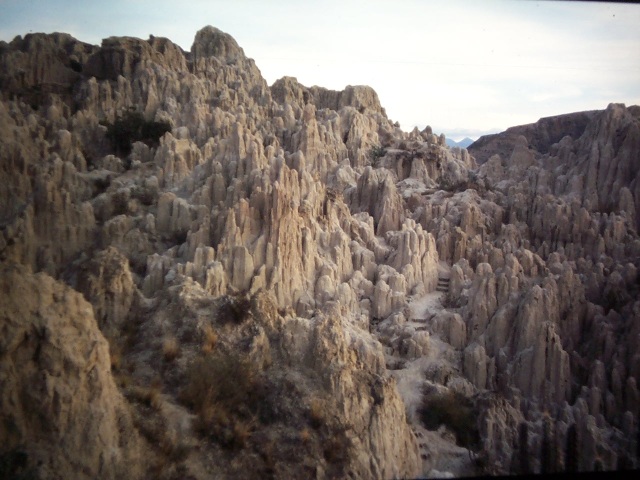
Huayna Potosi
Recommended time : 2 to 3 days
Huayna Potosi is the most popular mountain to climb in Bolivia, it is only 25 km north of La Paz in the Cordillera Real, and can be climbed by (acclimatized) beginners. The climb can be done in two or three days. The peak is at 6,088 meters above sea level.
It is highly recommendable to spend at least 3-6 days adjusting to the altitude in La Paz prior to climbing Huayna Potosi. People attempting the climb should also be healthy and physically fit. Whilst experience is not required to climb Huayna Potosi, underestimating the mountain by not properly acclimatizing or skipping the training day when you’re not an experienced climber, can not only prevent you from reaching the summit but can be life threatening.
Tour agencies offer 2 or 3-day hikes, we recommend choosing the longer hike up as acclimatization is essential in order to reach the peak.
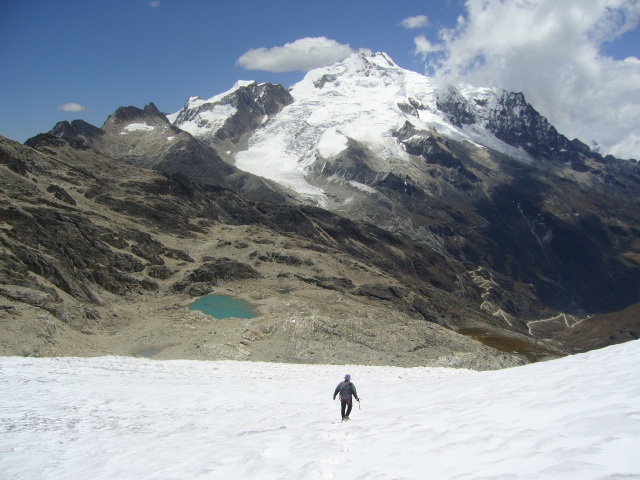
Cementerio General La Paz
Recommended time: 1 to 2 hours
Spread over the equivalent of 15 city blocks, the predominant sites are rows of individual concrete compartments, each set in structures over four stories high with building facades painted with colorful murals. For an authentic cultural experience visit on November 2, the Day of the Dead, when the whole city goes to the cemetery to celebrate the lives of those who are no longer around. Relatives organize parties, lunches, and family gatherings in front of their loved ones, and even play songs to the dead.
The red cable-car line has a stop there which makes it easy to access.
Visit the neighbouring city: El Alto
Recommended time: Half a day, on Thursday and Sunday
One of the fastest growing cities in Bolivia and the second largest city in Bolivia, El Alto is popular for it’s open air market, the Feria 16 de Julio which takes place on Thursdays and Sundays. There you can find everything from furniture to clothes and car parts. You can easily access the feria by teleférico. On these days, you can also attend there a Cholita wrestling match.
Chacaltaya
Recommended time: Half a day
The glacier on Chacaltaya served as Bolivia’s only ski resort at over 5,300 meters above sea level. It was the world’s highest lift-served ski area and the northernmost in South America. The mountain is also popular with amateur mountaineers, as the road stops only 200 meters from the summit. Some tour agencies offer trips there, which will give you the opportunity to walk up the path and reach the peak at 5,421 meters above sea level.
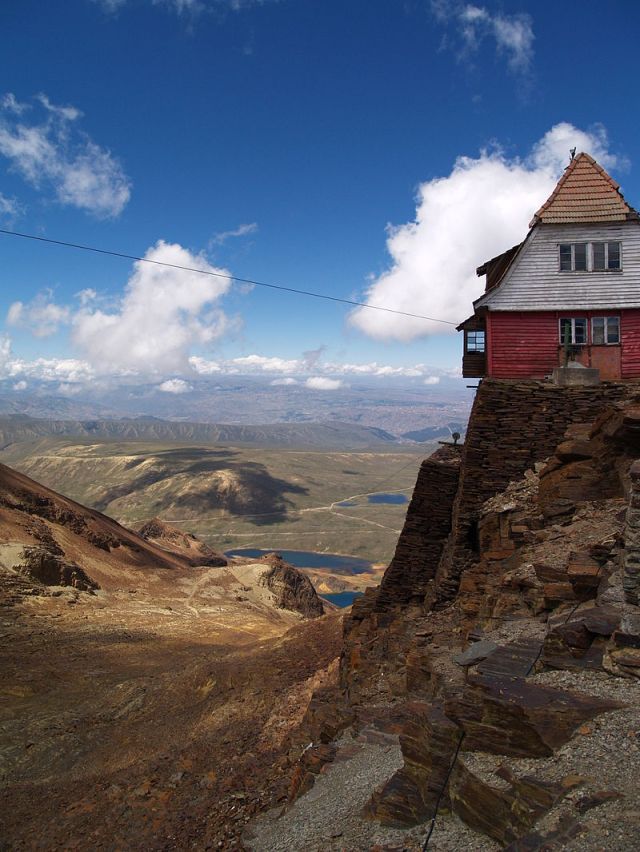
Lake Titicaca
Recommended time: 2 to 3 days
The town of Copacabana, on the shore of Lake Titicaca, is only 3-4 hours away from La Paz and is an easy weekend trip. From Copacabana you can access the Isla del Sol and Isla de la Luna. You can book a bus to and from Copacabana with Tickets Bolivia.
Also check this blog post about that to do when there.
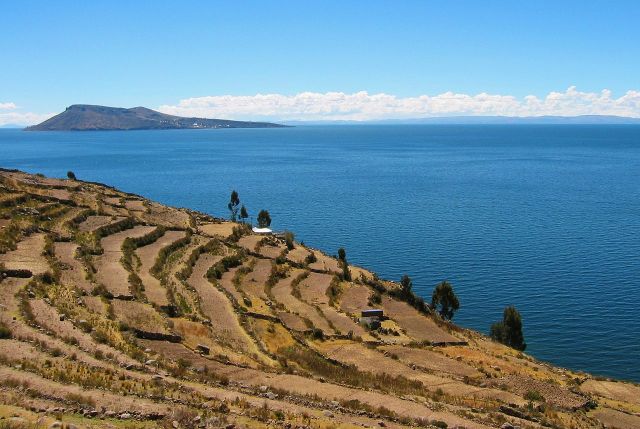
Muela del Diablo
Recommended time: 4 to 8 hours
An iconic feature of the La Paz landscape, Muela del Diablo (or Devil’s Molar), situated at 3,852 meters above sea level, is a great tourist attraction ideal for hiking and soaking in spectacular views of La Paz and the valley.
The walk up to the Muela from the Pedregal neighborhood south of La Paz can take up to 2 hours, you can also access the Muela from Jupapina on the other side of the valley. If you do choose the later option be aware that it is a full day hike, taking around 6 hours to walk between Pedregal and Mallasa. Make sure to bring plenty of water, snacks and sun/wind protection.
To get there by public transport, take a minibus to Los Pinos/Pedregal from the center of the city on Avenida 6 de Agosto or in the south of the city.
Valle de las Animas/Palca Canyon
Recommended time: 1 day
Just a short distance to the east of the largest city of Bolivia La Paz is another natural wonder – the Palca canyon. Here you can admire the imposing rock towers and enjoy the stunning scenery and views of the Illimani.
You can access the valley with public transport from the city or organize a tour with a travel company. Entrance to the area is free and you can easily hike from the Valle de las Animas to the Palca Canyon in 2-3 hours.
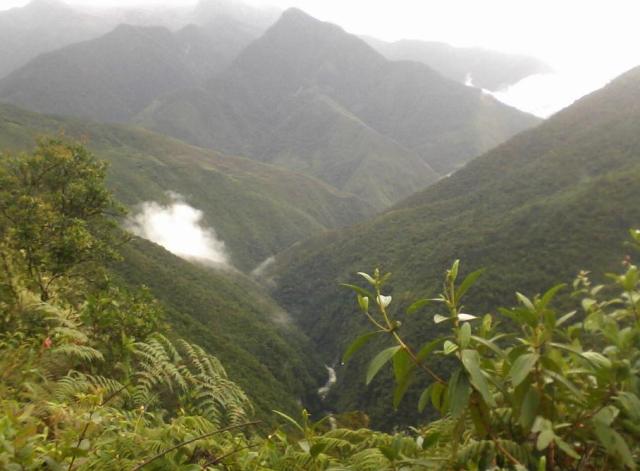
Takesi
Recommended time: 2 days
One of the most impressive Inca trails in the Andes, Takesi is a 40 kilometer road linking the vast Altiplano plateau with the sub-tropical Yungas. Used by the Incas as a communication and transport link, Takesi remains one of the finest remaining paved roads in the region. Starting in the town of Ventilla at a height of 3,200 meters, the road rises to 4,640 meters before descending to 2,200 meters. One of the easiest Inca treks in Bolivia, the Takesi trail, while still demanding, is mostly downhill, and can be done in 2 days.

